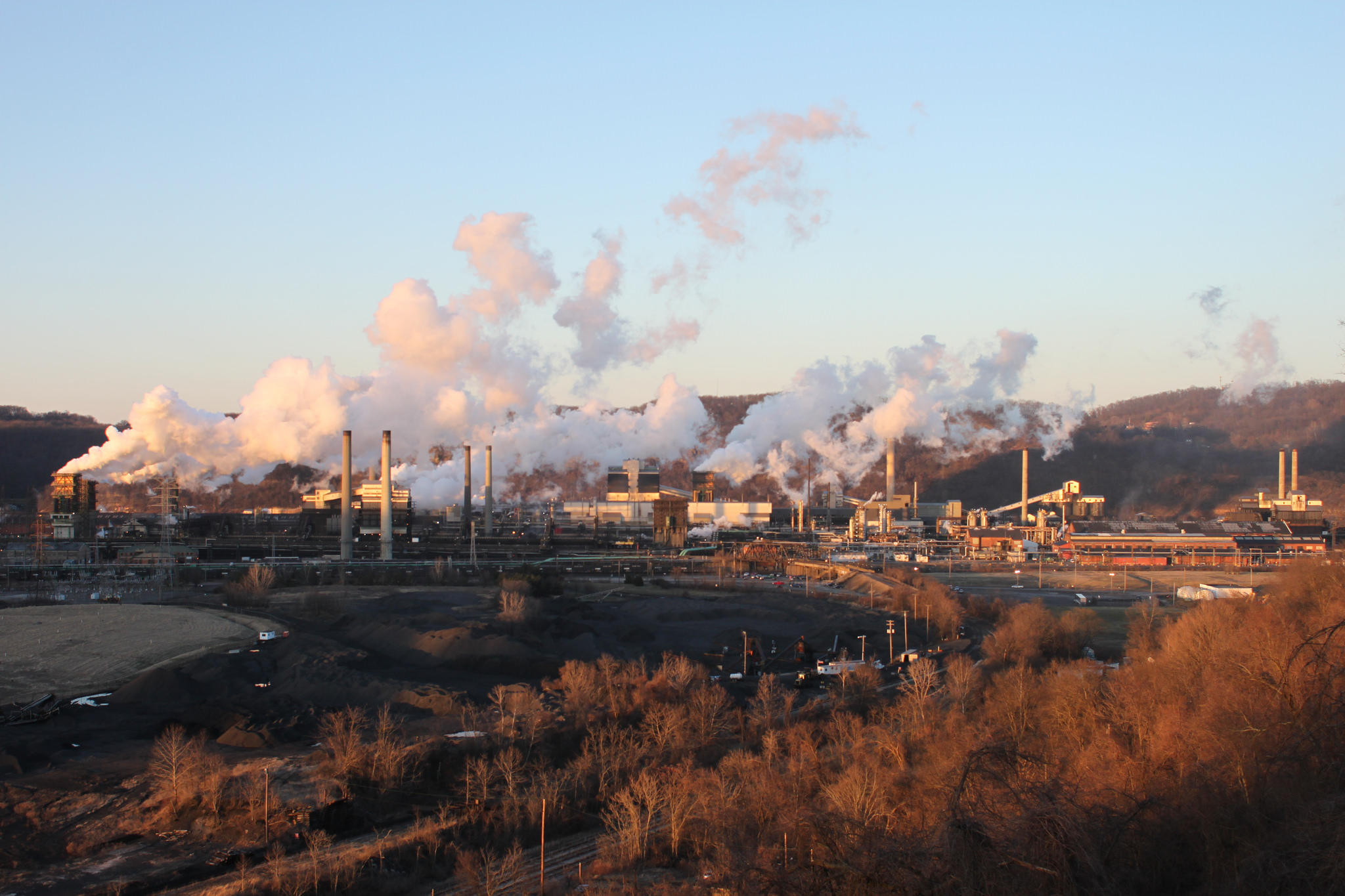It’s no secret that the air quality in Pittsburgh isn’t great. Last month, the American Lung Association ranked southwestern Pennsylvania as having the eighth-highest level of year-round pollutants and the fourteenth-highest level of short-term particle pollution in the nation.
So is another air quality initiative necessary?
According to Allen Robinson, director of the new Center for Air, Climate and Energy Solutions at Carnegie Mellon University, the answer is yes.
He says the new center, funded in part by a $10-million grant from the U.S. Environmental Protection Agency, will provide researchers with “unprecedented insight into literally block-by-block air quality” in Pittsburgh.
LISTEN: “Pittsburgh’s Air Pollution in High Resolution”
Robinson said CMU researchers will be collecting data from approximately 100 sites throughout the Pittsburgh area, in addition to mobile monitoring, every two minutes. Across the city, CMU will be collecting data on a wide variety of pollutants, from the fine particulate matter in vehicle exhaust to the sulfur dioxide belched out by fossil fuel-burning power plants.
By comparison, Allegheny County targets its monitoring in 25 hot spots, mostly near known sources of pollution such as highways, power plants and shale gas drilling sites, according to the health department’s deputy director Jim Thompson. The purpose is to make sure air quality levels comply with EPA standards. That means not every potential pollutant is being measured at every air monitoring site.
Thompson said Allegheny County’s air monitoring network is one of the largest of any county nationwide but that scientific data captured doesn’t always translate to the world of policy and lawmaking.
That’s one challenge that CMU hopes to address with the new center by bringing together chemists, air quality experts, public health professionals, epidemiologists, economists and public policy scholars.
“[It’s about] putting the results in a framework that’s more conducive for policy makers to think about,” Robinson says. “When we say, ‘air pollution in Pittsburgh is 10,’ well, what does that mean? But if you think about it in terms of what the cost is in public health and things like that, you can then compare it to other decisions you’re trying to make.”
Right now, Allegheny County targets its monitoring in 25 hot spots, mostly near known sources of pollution such as highways, power plants and shale gas drilling sites. CMU’s new study will target 100 sites and offer block-by-block mobile monitoring.
Robinson says he is hopeful the data gathered at the center will inform policy decisions around transportation planning, shale gas development, electric vehicle subsidies and other issues. He says the data could also be used, for example, to build an app to help joggers plan their routes to avoid places with poor air quality.
“I do think air monitoring is a fairly dense subject that a lot of people don’t necessarily understand,” says Rachel Filippini, executive director of the Group Against Smog and Pollution. “Giving people tools to look at what’s happening in their own neighborhoods and communities and how certain activities might help to increase or decrease pollution would be helpful for people to understand.”
Robinson says CMU researchers also hope to break down some of the barriers between people working on the issues of air quality and climate and other people working in the world of energy generation.
“Traditionally, those two problems have been sort of stovepiped, both at the regulatory level, and I think even at the academic level,” he says.
Researchers will gather similar air quality data in Los Angeles and Austin, Texas, which Robinson says will help them understand the different factors that contribute to air pollution, including traffic patterns and topography.

